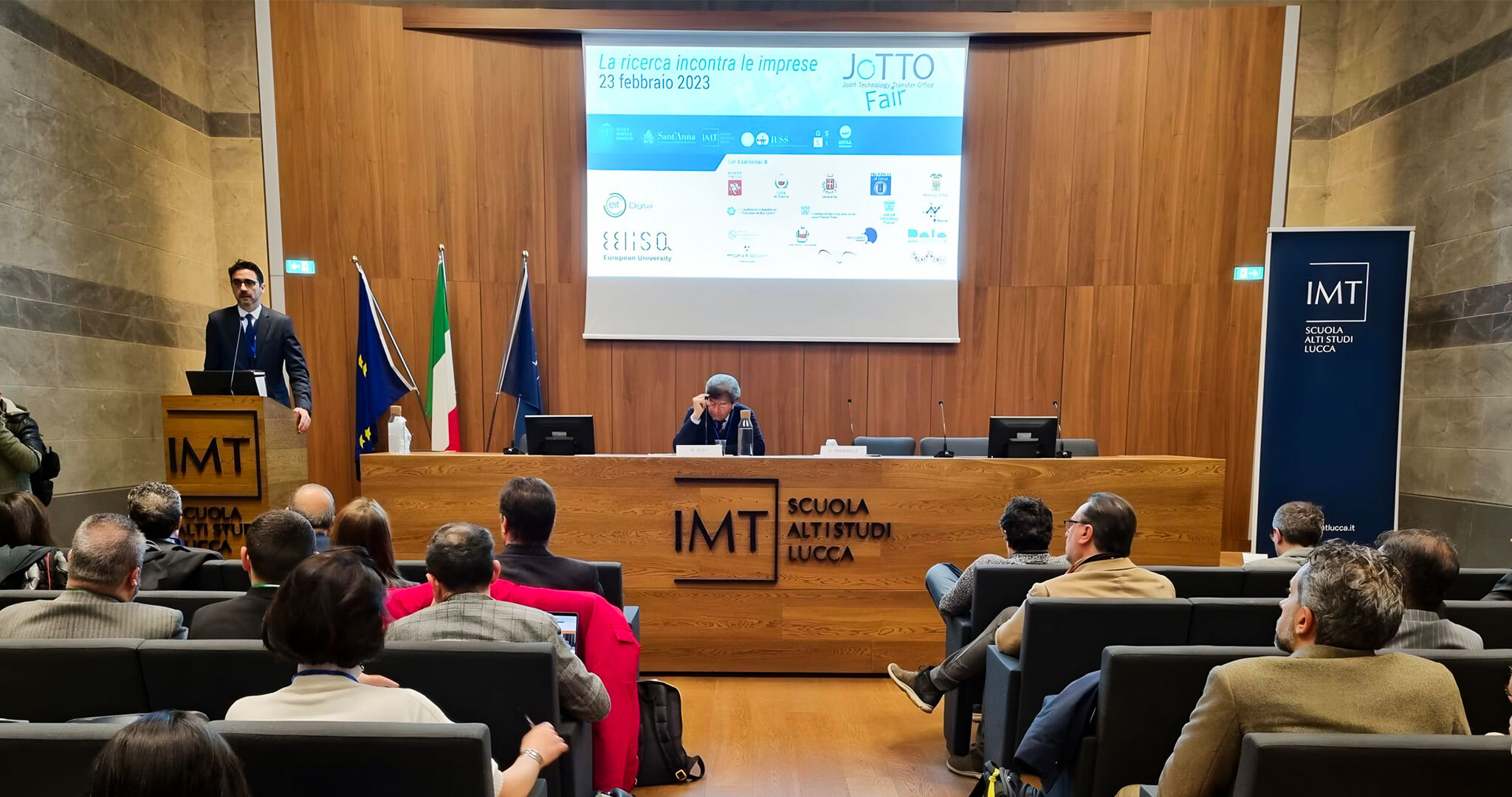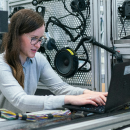
From Research to Business: Networks and Agreements Driving Astra’s Technology Transfer
In the previous weeks, we’ve explored how Astra plays a key role within the Vitality ecosystem, particularly in coordinating research and industry efforts around technology transfer.
This commitment also takes shape through the JoTTO network, short for Joint Technology Transfer Office - an inter-university initiative launched in 2015 by Italy’s Ministry of Education, University and Research to foster the exchange of knowledge and innovation between academia and the production sector. The network includes six elite institutions: IMT School for Advanced Studies Lucca, Scuola Normale Superiore, Sant'Anna School of Advanced Studies in Pisa, IUSS University School for Advanced Studies Pavia, SISSA in Trieste, and the Gran Sasso Science Institute (GSSI) in L’Aquila, which also serves as a spoke in the Astra project.
"The goal is to provide a shared service to the six schools, cutting across various scientific domains, and focusing on research valorization and the so-called 'third mission' of universities", explains lawyer Kiran Prestia, who coordinates intellectual and industrial property management within Astra.
Prestia, a member of JoTTO’s scientific committee, also took part in JoTTO FAIR 2025 – Where Research Meets Industry, held in Lucca this past February (as seen in the photo). This was a key event designed to build bridges between the academic world and business.
Technology transfer also hinges on a crucial component in projects like Astra: preliminary agreements between the spoke (GSSI) and affiliated organizations, such as the University of Perugia, INAF, Thales Alenia Space, and the Bruno Kessler Foundation. These agreements are essential for clearly defining roles, responsibilities, and operational frameworks—ensuring the project stays on track with its goals and timelines.
“These agreements,” Prestia explains, “provide a clear regulatory framework for fund disbursement, adherence to timelines, activity monitoring, and the achievement of milestones and targets. Without them, the risk of inefficiencies or noncompliance increases, potentially undermining the required level of transparency".
Another key issue governed by these agreements is the management and exploitation of intellectual and industrial property generated through the collaborative work of Astra’s spokes and affiliates. As previously reported, the project aims to generate scientific and technological results whose ownership and usage terms are clearly defined from the outset.
“The concepts of background (pre-existing knowledge and rights), foreground (results achieved during project execution), and sideground (knowledge developed in parallel but not directly linked to the project) help delineate these categories,” notes Prestia, who joined Astra to oversee these matters.
This overall approach is designed to protect the rights of each partner, while also encouraging open access to data in accordance with FAIR principles (Findable, Accessible, Interoperable, Reusable). It aims to prevent potential disputes while ensuring a fair distribution of benefits.
Astra is at present in the early stages regarding its Technology Readiness Level (TRL). “Our goal is to reach a sufficient level of maturity by 2026 to begin commercializing the results—such as through licensing,” Prestia concludes.

